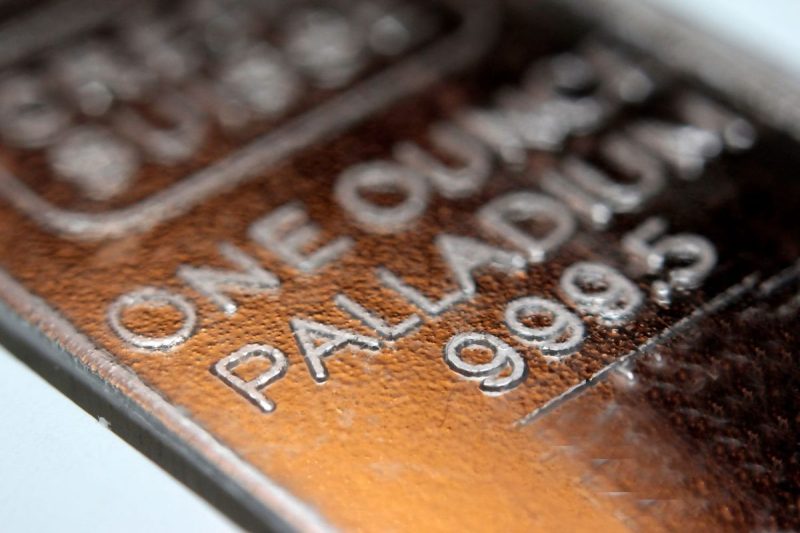The recent volatility in international relations is bringing about significant changes within the financial markets, particularly in the commodities sector. At the heart of these dynamics are Platinum Group Metals (PGMs), starring in the spotlight due to escalating tensions between the United States and its geopolitical critics. This article attempts to shed light on how PGMs are surging as the US pushes G7 sanctions and BRICS nations are eyeing trade alternatives.
PGMs, including platinum, palladium, and rhodium amongst others, are considered precious due to their rarity and are widely used across various industries ranging from automotive to electronics and jewelry. Given their diverse applications, their value often mirrors global economic and political trends.
In recent times, with the United States pushing for G7 sanctions against countries like Russia, supply chains for PGMs are facing disturbances. Russia is one of the leading producers of PGMs, and the proposed penalties have led to an increasing fear of a global supply squeeze. Anticipation of any supply disruption has sparked a surge in PGM prices. Not only has this produced windfall gains for stakeholders holding PGM assets, but it has also piled pressure on industries heavily reliant on these materials, forcing them to rethink sourcing and cost management strategies.
On the other side of the globe, the BRICS nations—Brazil, Russia, India, China, and South Africa—are exploring alternatives to circumvent the global financial system that’s being influenced by US dominance. PGMs have become a focal point in these discussions, as this bloc is contemplating leveraging their combined strength to control large volumes of PGM resources. The BRICS nations have immense economic and population weight, which provides them with a substantial bargaining position over the global PGM market. The prospect of such a joint venture among these countries is further driving the PGM prices, creating incentives for producers in these nations.
It’s important to note how these macroeconomic factors affecting the price of PGMs are having different implications at the micro level. For instance, the automotive industry, a major consumer of PGMs due to their use in catalytic converters, is facing significant financial strain. Increased prices are leading to inflated manufacturing costs, putting already squeezed profit margins under further pressure. Conversely, mining companies are enjoying higher profitability as the price spike improves revenue streams.
Furthermore, these shifts are offering opportunities and challenges for investors. On one hand, the PGM surge may create lucrative investment opportunities, especially for those who are capable of navigating geopolitically influenced volatility. On the other hand, the PGM market’s susceptibility to sudden political decisions might also result in unforeseen losses.
As the situation unfolds, the global PGM market is expected to present a blueprint on how commodities respond to geopolitical maneuvering, shifting alliances, and changes in international trade policies. It offers a fascinating lens to observe the interconnectedness of the global economy, as well as the influence wielded by major nations. Consequently, stakeholders at all levels, from miners to end consumers, will need to closely monitor developments and be ready to adapt to fast-evolving dynamics.
Overall, the rise of PGMs amid the present geopolitical climate underlines a broader truth about our interconnected financial world – that political actions exert profound influence over global markets. These interactions among the US, G7, and BRICS offer key lessons in the complex, multifaceted reality of contemporary economics. It points to the necessity of diversification, not only in portfolio investments but also in sourcing decisions to safeguard against such disruptive events in the future.




